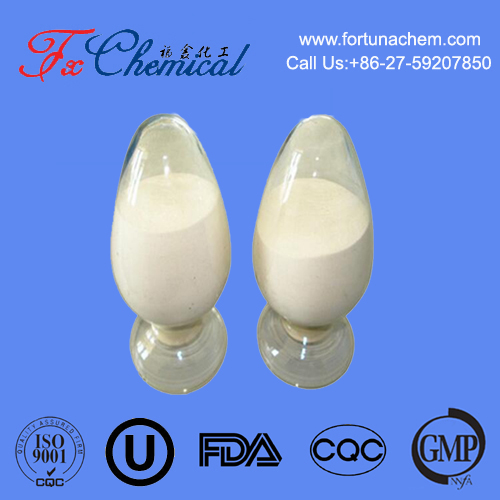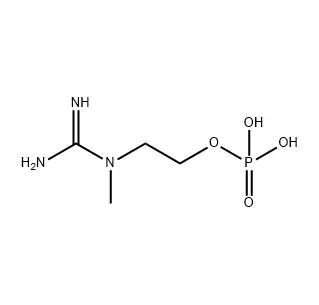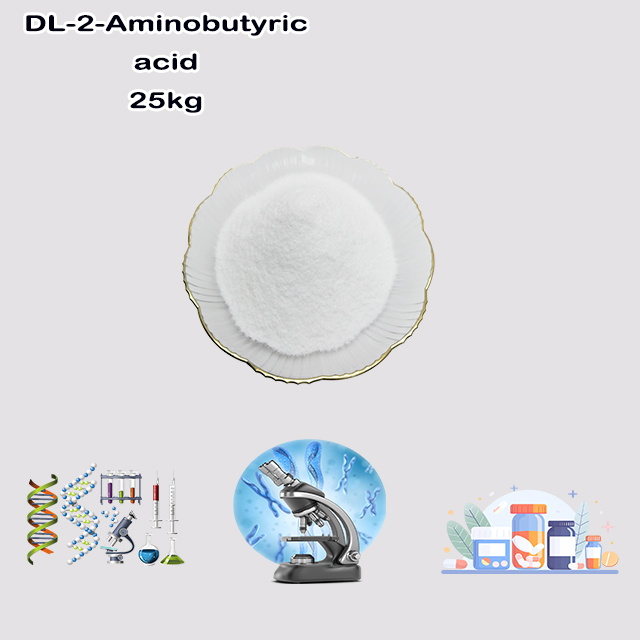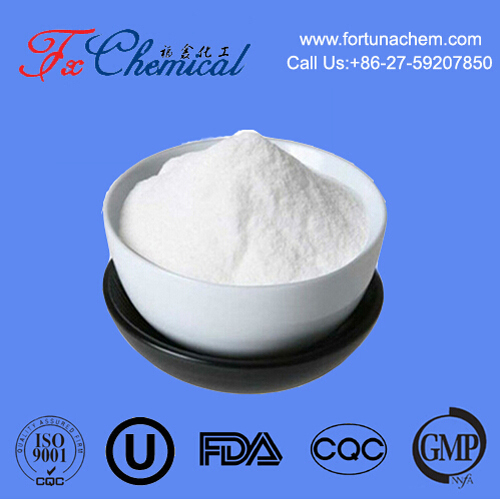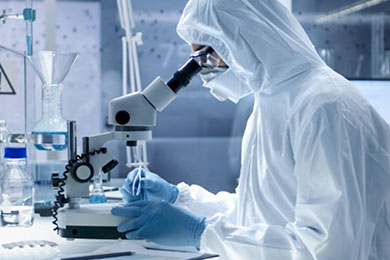
Search

Search

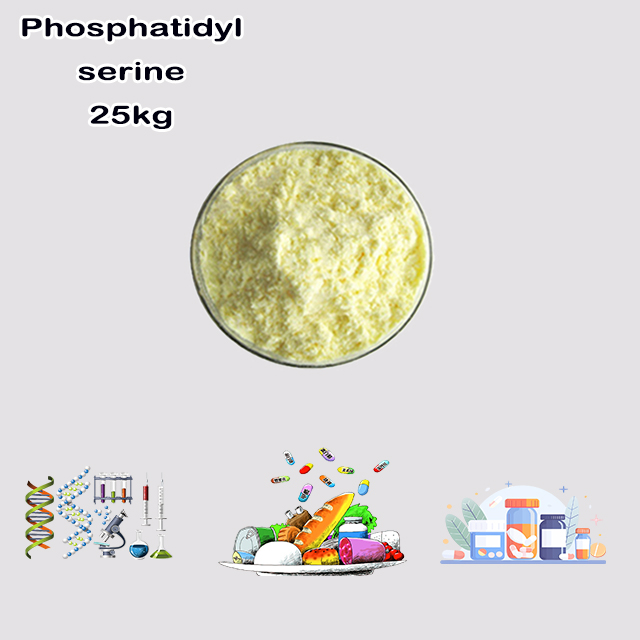
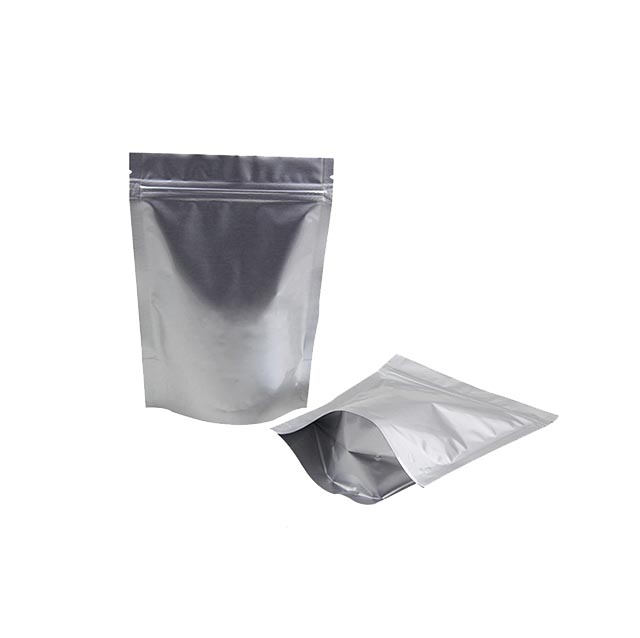
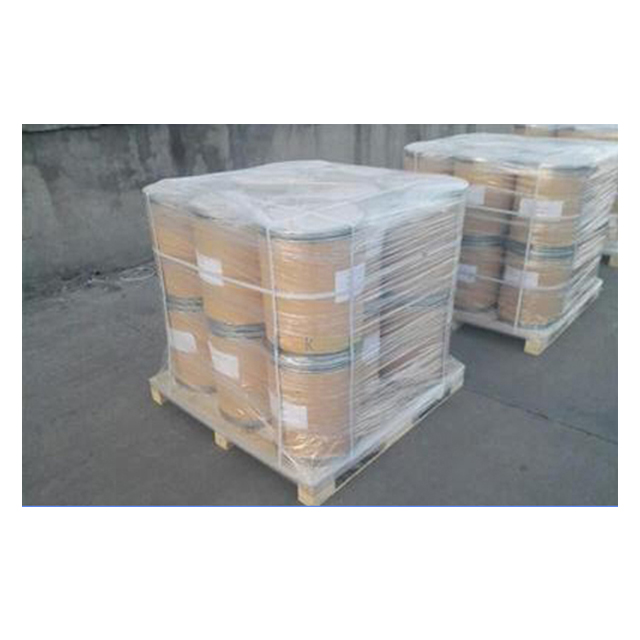
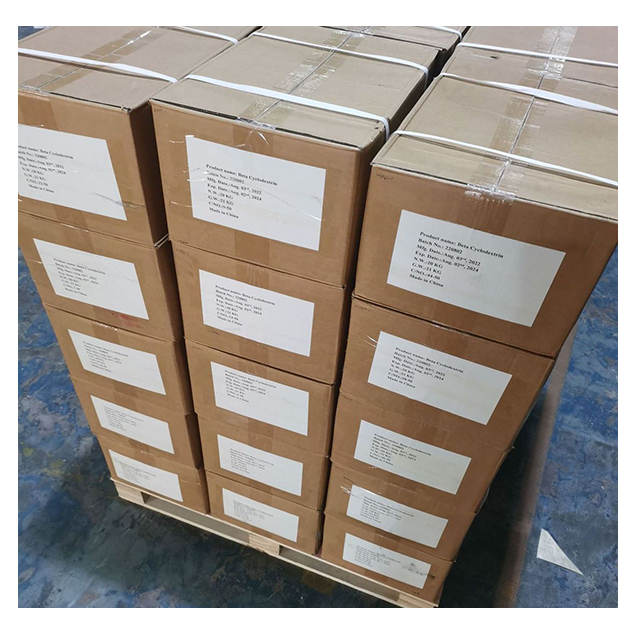
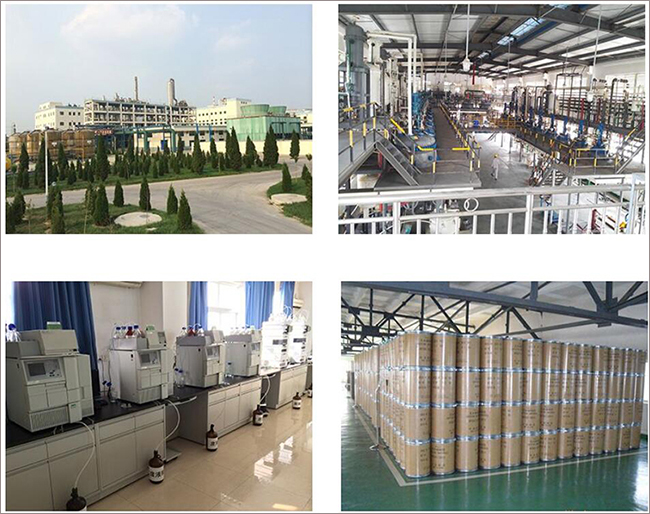





Phosphatidylserine (PS) is a phospholipid—a key structural component of cell membranes, especially the inner layer. Chemically, it consists of:
Glycerol backbone with two fatty acid chains (hydrophobic tails).
A phosphate group linked to the amino acid L-serine (hydrophilic head).
Key features:
Net negative charge at physiological pH (due to serine’s carboxylate and phosphate groups).
Critical for membrane asymmetry (enriched inside cells).
Exposed on the outer membrane during apoptosis (cell death signaling) and blood clotting.
Binds signaling proteins (e.g., PKC, Akt) via its charged head.
In short: PS is an anionic phospholipid vital for membrane integrity, cellular signaling, and programmed cell death.
Phosphatidylserine (PS) is a crucial glycerophospholipid, a major component of cell membranes, particularly concentrated in the inner leaflet of the plasma membrane in eukaryotic cells. Its chemical structure defines its properties and functions:
Core Structure:
sn-1 position: Typically a saturated fatty acid (e.g., stearic acid, 18:0).
sn-2 position: Typically an unsaturated fatty acid (e.g., oleic acid 18:1, arachidonic acid 20:4). The specific fatty acids vary, influencing membrane fluidity.
Glycerol Backbone: A 3-carbon molecule (sn-glycerol-3-phosphate).
Two Fatty Acyl Chains: Esterified to the sn-1 and sn-2 hydroxyl groups of the glycerol backbone. These are hydrophobic "tails".
Phosphate Group: Attached to the sn-3 hydroxyl group of glycerol via a phosphodiester bond. This forms the "linker".
Serine Headgroup: The amino acid L-serine is attached via a phosphodiester bond to the phosphate group. This is the hydrophilic, polar "head".
Chemical Formula:
The general formula for a PS molecule with specific fatty acids is C₄₂H₈₂NO₁₀P (for 1-stearoyl-2-oleoyl-PS, a common form).
The core structure without specifying fatty acids is often represented as C₃H₈NO₁₀P (for the headgroup + glycerol + phosphate), but this ignores the variable fatty acid chains.
Key Chemical Features:
The phosphate group (pKa ~2-3) is fully deprotonated (PO₄²⁻).
The carboxyl group of serine (pKa ~4.5) is deprotonated (COO⁻).
The amino group of serine (pKa ~9-10) is protonated (NH₃⁺).
This gives the PS headgroup a net charge of -1 (PO₄⁻ + COO⁻ + NH₃⁺ = -1 overall). It's a highly negatively charged (anionic) phospholipid.
Amphipathic: Combines hydrophobic tails (fatty acids) and a hydrophilic head (phosphate + serine). This is essential for forming lipid bilayers.
Chiral Center: The carbon at position 2 of the glycerol backbone (sn-2 carbon) is chiral. Naturally occurring PS uses the sn-glycerol-3-phosphate configuration.
Anionic Headgroup: At physiological pH (~7.4):
Biological Significance (Driven by Chemistry):
Apoptosis (Programmed Cell Death): Signals phagocytes to engulf the dying cell.
Blood Clotting: Provides a surface for coagulation factor complexes.
Membrane Asymmetry: Its concentration on the inner leaflet is maintained by specific enzymes (flippases). Loss of this asymmetry (exposure of PS on the outer leaflet) is a key signal for processes like:
Protein Recruitment: Its negative charge attracts and activates numerous proteins with polybasic domains (e.g., protein kinase C (PKC), Raf-1, K-Ras, synaptotagmin).
Cell Signaling: Involved in activating key signaling pathways (e.g., Akt/PKB, MAPK).
Membrane Fusion: Important in processes like neurotransmitter release at synapses.
Summary Structure:
O
||
O - P - O - CH₂ - CH - COO⁻
| | |
O⁻ O⁻ ⁺NH₃
|
Glycerol Backbone (C1 & C2 esterified to Fatty Acid Chains)
/ \
/ \
R1 R2 (Hydrophobic Fatty Acid Tails)
O=P-O-: Phosphate Group
-CH₂-CH-COO⁻: Serine Headgroup (L-Serine)⁺NH₃
Glycerol Backbone: The central 3-carbon chain.
R1 & R2: Long hydrocarbon chains of the fatty acids (e.g., -C₁₇H₃₅ for stearate, -C₁₇H₃₃ for oleate).
Phosphatidylserine's unique chemical structure, particularly its serine headgroup and resulting negative charge, underpins its vital roles in membrane biology, signaling, and cellular recognition.

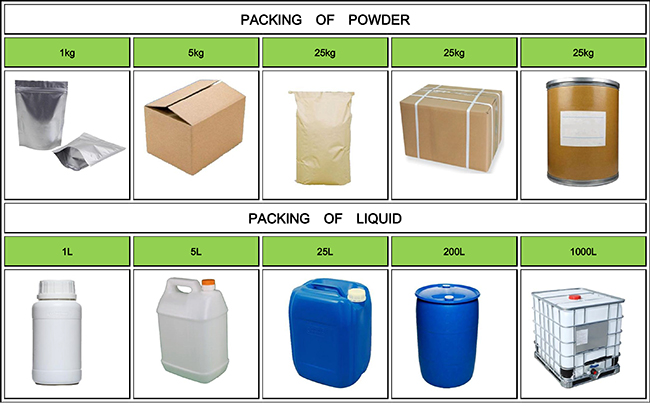


Fortunachem Provides Not Only Professional Chemical Products But Also Professional Help
Keeping you up-to-date with all the latest information, news, and events about Fortunachem!

Quick Links
Add:
E-mail:
 English
English  Español
Español  français
français  العربية
العربية 